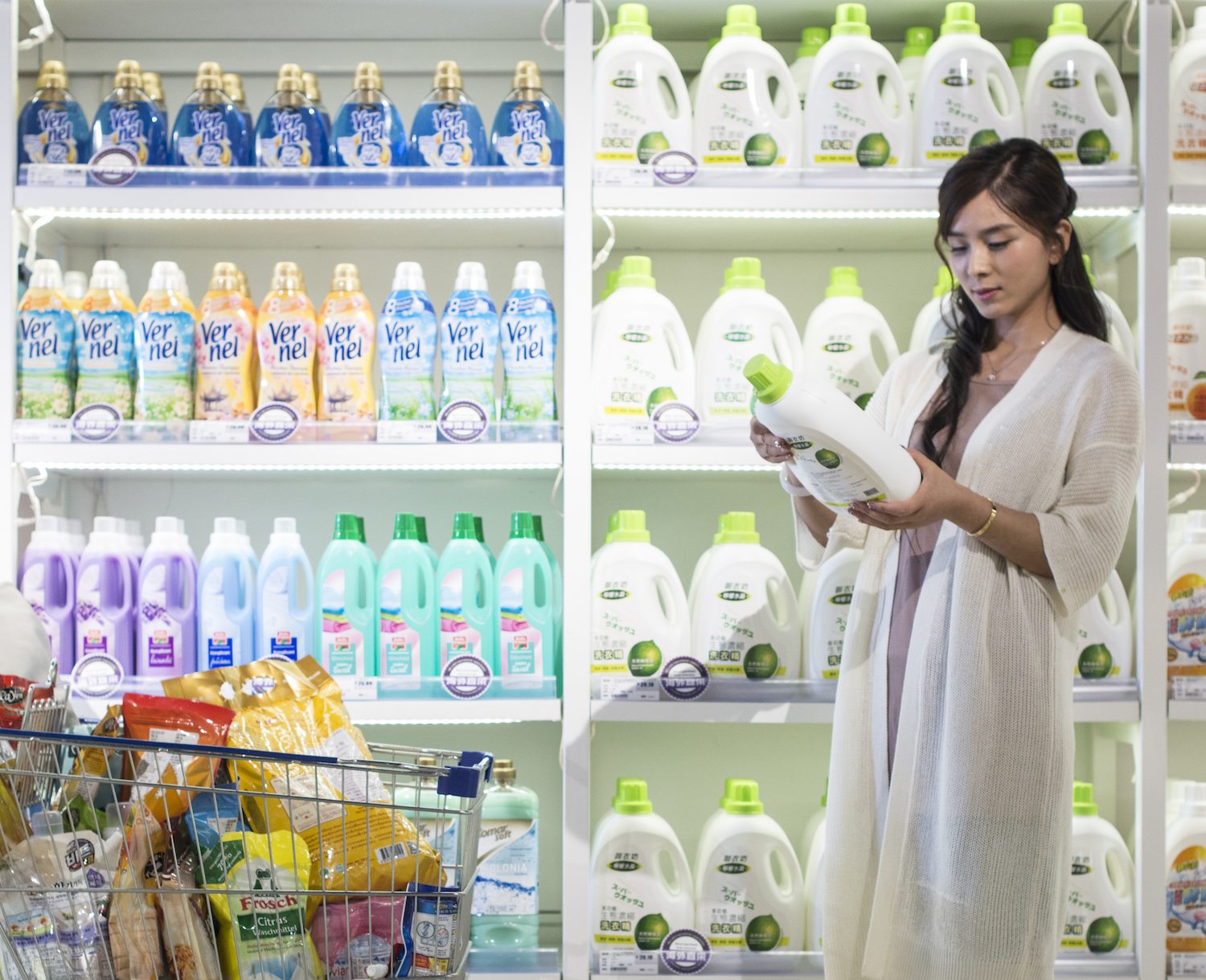The plastics you use in your everyday life – built into your car, formed around your computer screen and moulded for your work desk — all have one thing in common.
They all start with ethane.
What is ethane? It is a natural gas liquid (NGL) that has gained popularity in the last few years and is used to produce many of the things surrounding modern life. Specifically, ethane is a petrochemical feedstock for the production of ethylene, which is a building block for plastics, resins, and other industrial products.
This new kid on the block, a by-product of oil and gas production, has driven investments of over US$ 140 billion in America’s Gulf Coast.
In the U.S. alone, ethane is used to produce about 50 percent of the plastics produced today. It has also become an important export. The U.S. expects to produce up to two million barrels of ethane a day by 2020. The demand for plastics is partly attributed to a growing appetite for consumer goods from an emerging middle class in Asia. Electronics, furniture and clothes, amongst others, will require packaging and this will fuel the need for more ethane.
In Australia, ExxonMobil, via the Esso-BHP Gippsland Basin Joint Venture, supplies a substantial amount of ethane that serves as a feedstock for Qenos Altona, Australia’s only plastics manufacturer. Qenos’ products include commercial irrigation and piping products, as well as many everyday items for consumers, like milk bottles and plastic film used in food preparation.
Ethane isn’t usually what you think of when opening your food container at lunch, but it is a necessity for modern-day life.




